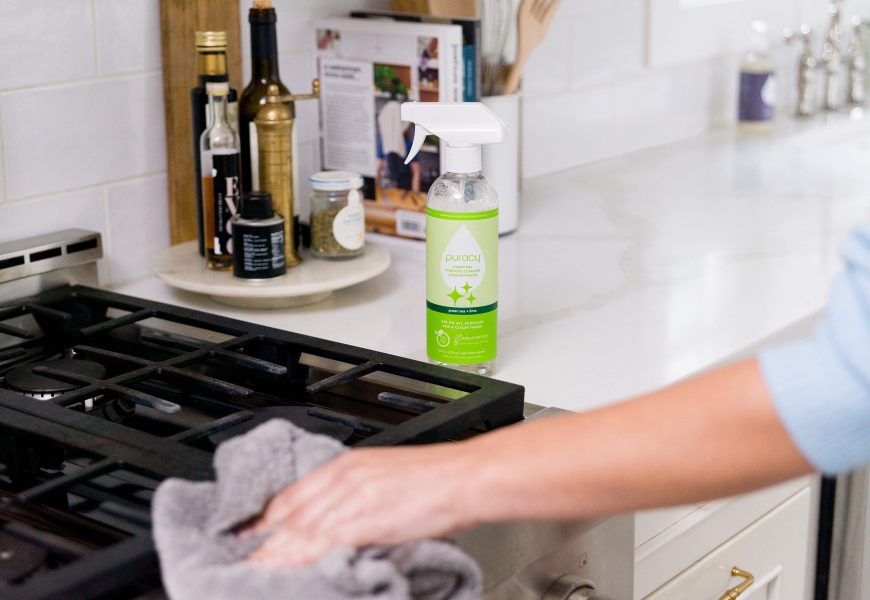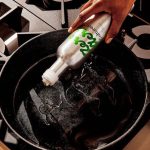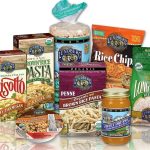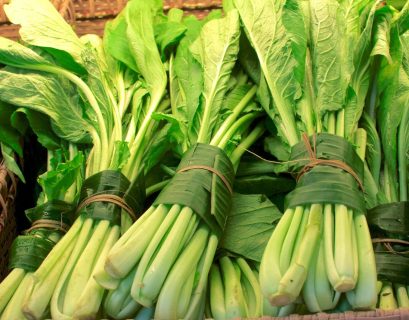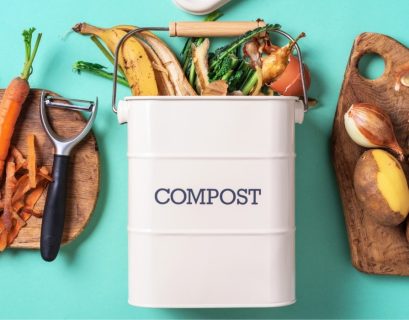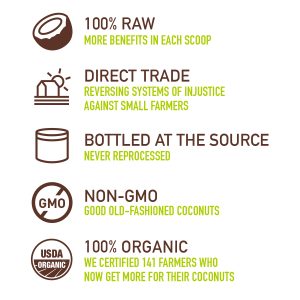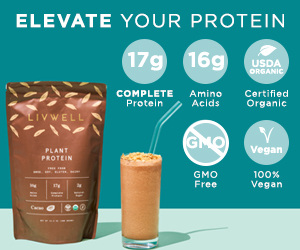The kitchen, a space where culinary creativity unfolds, is also a hub for various cleaning activities. Unfortunately, many traditional cleaning products contain harmful chemicals that can have adverse effects on both the environment and human health. This article explores the ways individuals can reduce the use of harmful chemicals and embrace eco-friendly cleaning practices in the kitchen, creating a healthier, safer, and more sustainable culinary haven.
1. Understanding Harmful Chemicals in Cleaning Products:
a. Common Culprits:
Traditional cleaning products often contain harsh chemicals such as ammonia, chlorine, and synthetic fragrances. These substances can contribute to indoor air pollution, irritate the skin, and negatively impact aquatic ecosystems when washed down drains.
b. Health Implications:
Exposure to harmful cleaning chemicals has been linked to respiratory issues, skin irritation, and long-term health concerns. Adopting eco-friendly cleaning practices not only benefits the environment but also reduces the risk of adverse health effects for individuals and their families.
2. Embracing Eco-Friendly Alternatives:
a. Vinegar:
White vinegar, a kitchen staple, is a versatile and effective eco-friendly cleaner. Its acidity helps break down grease and grime, making it suitable for surfaces like countertops, appliances, and glass.
b. Baking Soda:
Baking soda’s abrasive nature makes it an excellent scrubbing agent. Mixed with water or vinegar, it becomes a powerful cleaner for ovens, sinks, and stovetops. Its natural deodorizing properties also help eliminate unpleasant odors.
c. Lemon:
Lemon’s acidity makes it an effective antibacterial agent. It can be used to clean cutting boards, eliminate kitchen odors, and add a fresh scent to various surfaces.
d. Castile Soap:
A plant-based soap like Castile soap is a gentle yet effective option for cleaning surfaces, dishes, and even floors. Its biodegradable nature makes it environmentally friendly.
e. Essential Oils:
Essential oils, such as tea tree oil or lavender oil, not only add a pleasant fragrance but also possess natural antibacterial properties. They can be incorporated into homemade cleaning solutions.
3. DIY All-Purpose Cleaner Recipe:
Create a simple and effective DIY all-purpose cleaner by combining the following ingredients in a reusable spray bottle:
- 1 cup white vinegar
- 1 cup water
- 1 tablespoon baking soda
- 10 drops of your favorite essential oil (optional)
Shake well before use, and apply to various surfaces for a natural and eco-friendly clean.
4. Eco-Friendly Dishwashing:
a. Biodegradable Dish Soap:
Opt for biodegradable dish soaps that break down more easily in water and soil. Look for plant-based ingredients and minimal packaging to further reduce environmental impact.
b. Reusable Dishcloths:
Replace disposable paper towels with reusable dishcloths made from sustainable materials. Washable, durable, and often more effective, they contribute to waste reduction.
c. Natural Scrubbers:
Instead of synthetic scrubbers, use natural alternatives like coconut coir or loofahs. These biodegradable options are effective for cleaning dishes without contributing to plastic waste.
5. Green Oven and Stovetop Cleaning:
a. Baking Soda Paste:
Create a paste using baking soda and water to clean oven interiors and stovetops. Apply the paste, let it sit, and then scrub away grime without resorting to harsh chemicals.
b. Citrus Degreaser:
Combine citrus peels with white vinegar to create a natural degreaser. This solution effectively breaks down grease on stovetops and range hoods.
c. Steam Cleaning:
Utilize the power of steam to clean ovens and stovetops. Steam effectively loosens dirt and grime, making it easier to wipe away without the need for chemical cleaners.
6. Sustainable and Eco-Friendly Cleaning Tools:
a. Reusable Microfiber Cloths:
Invest in high-quality, reusable microfiber cloths. They are durable, effective, and can be washed and reused multiple times, reducing the need for disposable cleaning wipes.
b. Eco-Friendly Brushes:
Choose brushes with bamboo handles and natural bristles for scrubbing surfaces. These brushes are effective, durable, and more sustainable than their plastic counterparts.
c. Recycled and Biodegradable Sponges:
Look for sponges made from recycled or biodegradable materials. Traditional sponges are often made from synthetic materials that contribute to environmental pollution.
7. Natural Deodorizing and Air Freshening:
a. Ventilation:
Promote natural ventilation by opening windows and doors to allow fresh air to circulate. This reduces the need for artificial air fresheners.
b. Baking Soda Odor Absorbers:
Place small bowls of baking soda in the refrigerator, pantry, or other areas prone to odors. Baking soda naturally absorbs and neutralizes unwanted smells.
c. Essential Oil Diffusers:
Use essential oil diffusers to add pleasant scents to the kitchen. This provides a natural and chemical-free alternative to commercial air fresheners.
8. Eco-Friendly Flooring Cleaners:
a. DIY Floor Cleaner:
Create a simple floor cleaner using ingredients like white vinegar, Castile soap, and essential oils. This homemade solution is effective for various flooring types, including tile, hardwood, and laminate.
b. Microfiber Mops:
Pair your DIY floor cleaner with a microfiber mop. These mops are effective at trapping dirt and require less water than traditional mops, contributing to water conservation.
9. Sustainable Waste Management:
a. Proper Disposal of Hazardous Waste:
Dispose of hazardous waste, such as expired cleaning products, according to local regulations. Many communities have designated drop-off points for hazardous materials.
b. Reduce Single-Use Packaging:
Choose cleaning products with minimal and recyclable packaging. Consider purchasing concentrated cleaning solutions to minimize single-use plastic waste.
10. Supporting Eco-Friendly Brands:
a. Research Sustainable Brands:
Explore and support brands that prioritize sustainability and transparency in their cleaning product formulations and packaging. Many eco-friendly brands are committed to reducing their environmental impact.
b. Refill Stations:
Look for local refill stations or subscription services that allow you to refill your cleaning product containers. This reduces packaging waste and encourages a circular economy.
Conclusion:
Embracing eco-friendly cleaning practices in the kitchen is a powerful step toward creating a healthier and more sustainable living space. By reducing the use of harmful chemicals, individuals not only contribute to environmental conservation but also safeguard their own health and the well-being of their families. From DIY cleaning solutions to sustainable tools and mindful waste management, every small change in cleaning habits has a positive ripple effect on the planet. The kitchen, once a space dominated by chemical-laden cleaners, can now become a beacon of eco-conscious living, proving that cleanliness and sustainability go hand in hand.

